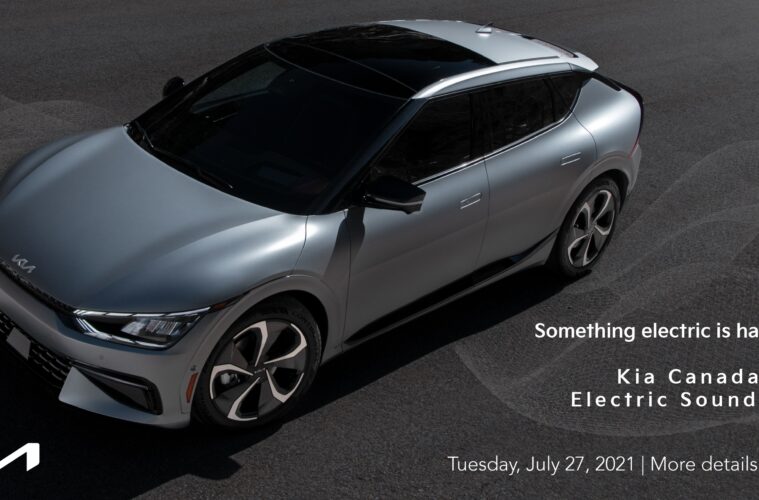One of the leading car manufactures from Korea, Kia cars have grown to become the 74th most popular car in the world. Editor-in0chief Ksenia Edwards sit’s down with an executive with Kia to discuss the EV & EV 6 models, and the new green strategies implemented with these modern marvellous vehicles.
What inspired Kia to move into the EV space at this time?
In Canada, Kia has been providing consumers with EV vehicles since 2014 with our Soul EV and
Niro variants (EV, PHEV, HEV), with over 20,000 vehicles delivered to date. Our newly
introduced Plan S strategy focuses on expanding the current green vehicle portfolio because we
know they are the future. Kia is committed to supporting this important movement and creating
approachable green vehicles that empower Canadians to make more sustainable choices.
Kia has entered a new, evolved phase of our business. This new brand identity represents a new
dawn and is a key element in communicating the ‘Plan S’ strategy, which looks to enable the
movement of people in a way that is forward-thinking, sustainable and inspiring.
What makes the Kia EV6 unique to the market?
The EV6 is the first vehicle to be built on our all-new Electric-Global Modular Platform (E-GMP
platform), allowing it to go from 10-80% battery charge in just 18 minutes and will give you up to
480 kilometers of range on a single charge. The EV6 also includes unique styling for the
crossover segment and will be loaded with safety and technology. The vehicle truly heralds in a
new standard for the EV era and for Kia.
Can you tell me more about the unique plugin feature called V2L?
The EV6 features Vehicle to Load, known as V2L, which is capable of discharging energy from
the vehicle’s main battery. The V2L function can supply up to 1.9kW of power and is capable, as
an example, of operating a 55-inch television and air conditioner simultaneously for more than 24
hours, or a guitar amp as you witnessed at our event. The system is also able to charge another
EV, if needed.
What are Kia’s future plans for releasing more EV vehicles?
Kia is already laying the groundwork for a leadership position in the electric vehicle market. Kia’s
Plan S strategy is already in motion having been announced in 2019.
o The brand is committed to a greener future by working towards the following goals:
o By 2030, eco-friendly vehicles such as EVs, HEVs and PHEVs will make up 40% of all
sales for Kia globally
o Kia aims to grow EV sales to 880,000 units to become a global top seller
o In Canada, Kia will contribute to Plan S with 7 all-new plug-in hybrid or dedicated electric
models by 2025
o Kia global is also actively pursuing other eco-friendly methods of transportation such as
PBVs (Purpose Built Vehicles), more sustainable production such as using clean energy
and recyclable materials and ramping up collaborative partnerships with global mobility
solution business in areas of ride-sharing, food delivery and payment solutions
What has the consumer response been to KIA moving into the EV Space?
While Kia has had EVs in the market for several years now, we’ve taken more steps recently to
support consumer education, by opening the EV Experience Centre in Vancouver, British
Columbia where people can go to learn about EV ownership and test drive Kia EVs. We also
commissioned a study to better understand consumer hesitations in purchasing EVs so that we
can take the appropriate steps to support consumers looking to make the transition to the EV
segment
With the announcement of Kia’s new brand and Plan S strategy, we’ve especially started to see
growing affinity to electrified vehicle options, even setting a best-ever selling month for Niro EV in
its history in July with 364 units delivered.
Do you think consumers as a whole will begin to move toward purchasing EV vehicles?
Kia’s EVs provide a solution for consumers who want to engage in green consumerism, while
also achieving the safety and reliability they require to go about their lives with confidence. The
key is understanding consumer hesitations and equipping them with knowledge, providing
incentives, and growing the infrastructure to support EV’s.


